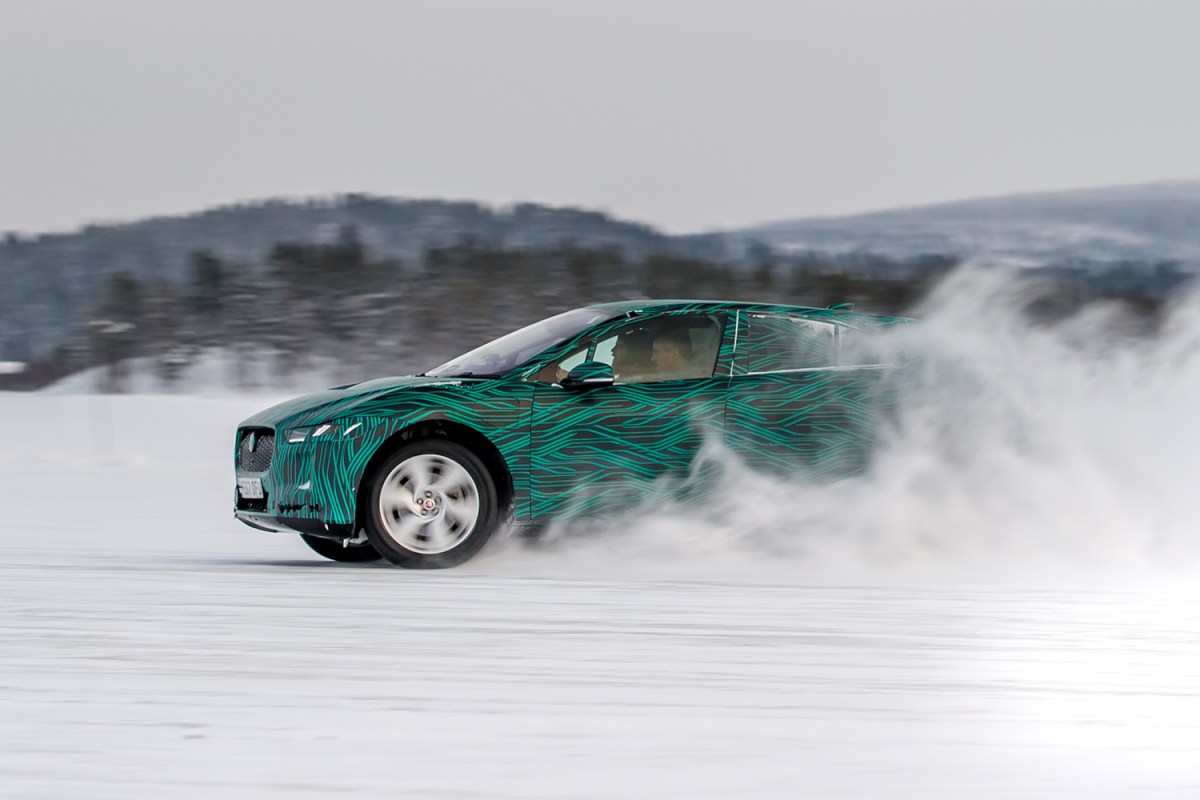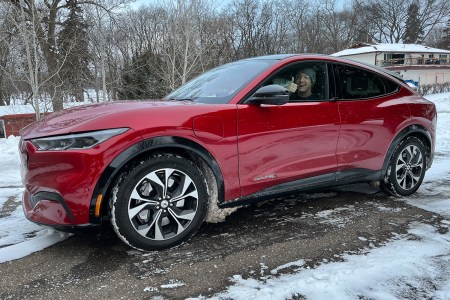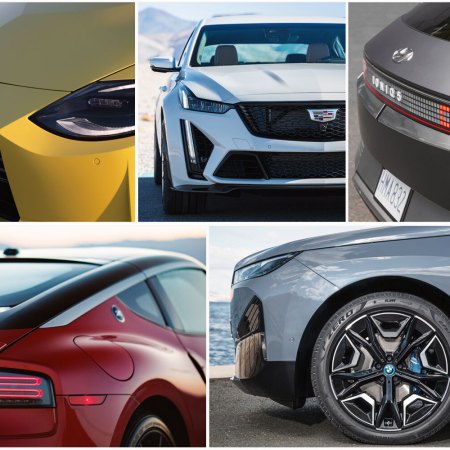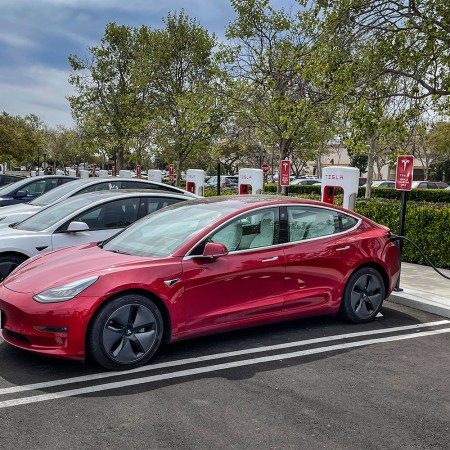Winter starts in less than a week, so it’s once again time for that seasonal tradition: arguing about how electric vehicles perform in snow, ice and freezing temperatures.
It’s common knowledge that EV ranges decrease in cold weather, a product of the need to use the batteries to heat the car (as opposed to using waste heat in gas-powered cars) and the frigid temperature affecting the chemical and physical reactions in the batteries, as I’ve discussed before. But I’ve also done first-hand tests myself, idling for 12 hours in a Ford Mustang Mach-E in the middle of winter, and found the fearmongering around EVs doesn’t pan out.
The problem with arguing about the pros and cons of electric cars in winter is three-fold: We don’t have decades of global data like we do with internal-combustion engine cars; these vehicles are advancing at such a rapid clip that it’s hard to compare models even a few years apart (for example, Tesla now uses heat pumps, a cold-weather savior that wasn’t available in older vehicles); and it’s almost impossible to recreate the exact same conditions from study to study, seeing as how real-world driving is much more valuable than tests in labs.
Keep all of that in mind when you look at some recent, supposedly thorough data from Recurrent. This week, the electric vehicle battery and range analytics company published new research looking at the battery range of 7,000 EVs across 14 models, both in ideal temperatures (70 degrees Fahrenheit) and cold temperatures (20 to 30 degrees). The thousands of vehicles were sourced from Recurrent’s community of drivers, and from them the company was able to discern both “estimated winter ranges” (“based on on-board telematics”) for six of the models and “verified winter ranges” (“based on original Recurrent research using a combination of on-board devices and real-time usage data providing more than 35,000 datapoints”) for the other eight.
The highlight of the research is that, on average, they found EVs can lose as much as 35% percent of their range in this level of cold, while others can lose as little as 3%. The most surprising finding is that the vehicle that performed the best — that lost that minuscule 3% of range — was the Jaguar I-Pace. (Though this is an “estimated,” rather than “verified,” finding.)
How is this possible? The EPA range estimate for the I-Pace is only 246 miles (landing in at number 24 out of 32 on Car and Driver’s ranking of EVs with the longest range), and as Recurrent notes, the SUV “is known for having a large but very inefficient battery.”
I Idled in an Electric Car for 12 Hours in the Freezing Cold to See What Would Happen
The I-95 shutdown ignited a debate about EVs in winter, so I did an extraordinarily mundane testAccording to the research, the I-Pace’s triumph in the study can be attributed the use of a heat pump, which is more efficient than relying on the battery alone, as well as “a sophisticated thermal management system that pulls waste heat from the motor to warm the battery or cabin when needed, helping to preserve the range.”
So should everyone across the frozen north run out to buy this Jaguar? Not just yet. According to a comprehensive Norwegian Automobile Federation study from 2021, the I-Pace saw a 24% decrease in range when driving in temperatures that ranged from 21 to 37 degrees.
What’s going on here? Are we dealing with unreliable data somewhere? It sure seems like it with that 21% discrepancy between studies. On the other hand, this is just further proof that EVs require a drastically different mindset. How you drive matters, how you charge matters, the specific guts of your vehicle matter. It’s harder to accept one study as definitive when it comes to EVs, though people who argue about this topic on Twitter love to cherry-pick data.
The biggest takeaway from this research for those looking to buy an EV in the future, from my perspective? See if you can talk to people who drive electric cars in your area. They will be able to give you an honest assessment of what driving certain EVs in your state looks like. After all, the Mustang Mach-E — which I tested in Minnesota, and many models of which I’ve seen driving around our snowy state — doesn’t even have a heat pump.
Thanks for reading InsideHook. Sign up for our daily newsletter and be in the know.



















